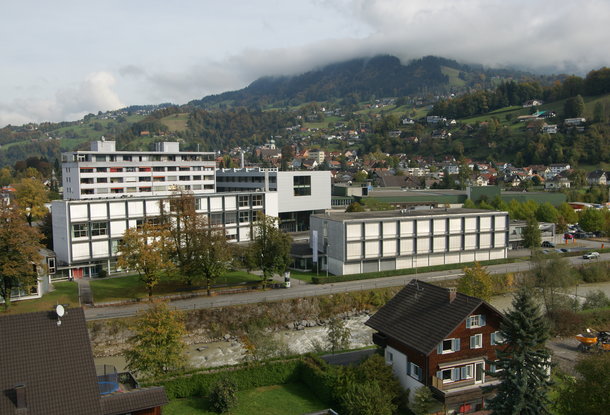The hills are alive with the sound of progress
Lindsay Mackie writes about how a formerly poor, marginal corner of Austria made the transition to be a thriving green economy
The Vorarlberg region of Austria didn’t start off with many of the advantages which have made other places rich in the modern world. No minerals, not on the way to anywhere, no industrialisation. It was so poor a century ago that some families were forced to send their small children into neighbouring Germany to work on farms, far from home. For most of history the region has been one of the poorest in Austria.
Young people stay, or come back, there are cutting-edge industries of the non polluting kind
But there has been a transition, a fairly rapid one, which has taken place over the last 50 years. Today the Vorarlberg, population nearly 400,000, is an enviable place to live and work. Young people stay, or come back, there are cutting-edge industries of the non polluting kind, there is what economists call circle economics, or the local multiplier effect, where money is spent locally and people employ each other.
Remarkably, young people want to stay in the region and the figures for youth employment are healthy. The unemployment rate for people under 25 years in Vorarlberg is 5.5 percent. There were 25,236 employed and 1,456 unemployed people under 25 years per end of August 2018. It’s not perfect – there are around 500 unfilled apprenticeships in the region – but it’s bucking the trend of other so-called peripheral European places.
The region is dotted with remarkable contemporary offices, homes, farms, hotels all designed by local architects and built by local craftspeople
It’s a famous architectural centre – the region is dotted with remarkable contemporary offices, homes, farms, hotels – mostly in wood, all designed by local architects and built by local craftspeople. Its green: 40 years ago a nuclear power station was proposed in the area and the successful fight to stop it led to extensive developments of passive building techniques and biomass stations. Today around 60 percent of the energy of the area comes from 19 public and 3 private biomass stations. They have not yet however managed to crack green alternatives for transport fuel.
The New Weather Institute met a group of architects, designers, wood workers, energy specialists and farmers to talk about how this relatively rapid transition from an unsustainable area producing outward migration, to a prosperous and open society, had occurred.
Crucially, all the participants prefaced their analysis by stressing history and personal relationships, rather than business models or investment opportunities. “Hire a craftsman from this area and you know it’s important for him or her to live with their work. Hire someone from outside and you might need a good lawyer,” said one architect.
People from the region have had to travel outside for work; they have conservative, traditional beliefs, said another, “But all that travel has brought back new ideas”.
He has brought sustainable building to the village, community facilities, and green energy
The Mayor of the village of Krumbach (population 1,000) stressed the importance both of local powers and local relationships. He has brought sustainable building to the village, community facilities, and green energy, “We know everyone” he said, “we can discuss these things.”
Another crucial element in the greening of this very literally green region, is public funding and expertise in the form of the Energy Institute of Vorarlberg and the environmental Association of Vorarlberg. Schools in the area are keen to have both sustainable and healthy buildings and make extensive use of this expertise.
So a combination of history, localism, concern for the environment and health, expertise, public money and the over arching system of personal contacts and trust has rendered this Austrian area a modern, forward looking, sustainable place to live and work. It is a reason to be cheerful.
(Picture: Wikimedia Commons)


The Design Commission for Wales put on an exhibition on the evolution of building and design in the Voralberg region. https://dcfw.org/exhibition-getting-things-done/
The key part of the story here is the retention of young people who are developing high skills and one assumes getting high job satisfaction. The migration of young people away from the rural and semi-rural (market towns etc) is not only economically disrupting for the local authorities whose resources become increasing focused on social costs, it also denudes place from the energy and creativity of youth.
I need to make a trip there.